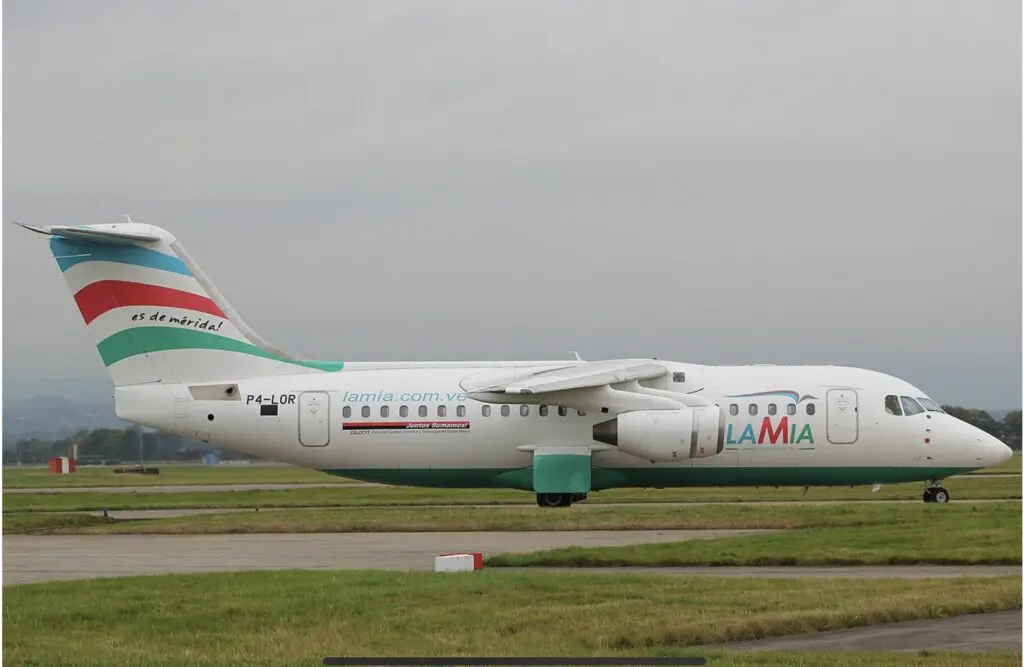The Weekly Reflektion 02/2023
The drive to cut costs can lead to poor decision making with catastrophic consequences. This same drive can also lead to attempts to cover up poor decisions and result in failure to take corrective action in case the decisions are exposed.

When things start to go bad how far do you let them go before you react?
On 28th November 2016 LaMia Flight 2933 was on its way from Santa Cruz de la Sierra in Bolivia to Medellin, Columbia. The aircraft was an Avro RJ85, operated by LaMiaand it crashed near Medellín, killing 71 of the 77 people on board. The aircraft was transporting the Brazilian Chapecoense football squad to Medellin where the team was scheduled to play at the 2016 Copa Sudamericana Finals.
The investigation showed that the aircraft had ran out of fueldue to an inappropriate flight plan filed by the airline. The investigation revealed that LaMia had consistently operated its fleet without the legally required fuel load but had not experienced any significant delays that would have required the additional fuel. A separate investigative report concluded that the airline had broken the fuel and loading regulations on 8 of its 23 previous flights. The assumption ‘it went OK last time so it will go OK this time’ is often a factor in incidents and accidents.
The original flight plan included a refuelling stop at Cobija–Captain Aníbal Arab Airport, however, the flight’s late departure meant the aircraft would not arrive prior to the airport’s closing time. A revised flight plan for a direct flight to Medellín was initially rejected by an official because of the aircraft’s range being almost the same as the flight distance. The flight plan was eventually approved by another official following pressure from the airline.
When the aircraft was 333 km from its destination, there was a low-fuel warning. At this point, the aircraft was 140 km from Bogotá where it could have been refuelled, but the crew took no steps to divert, nor to inform air traffic control of their situation.
Due to heavy traffic at Medellin airport the aircraft was put in a holding pattern and the circling added 100 km to their flying distance. The crew did not immediately inform air traffic control of their situation. The crew eventually declared a fuel emergency however one minute later the two engines on the starboard wing flamed out and 2 minutes after this both engines on the port wing flamed out. Four minutes later the aircraft crashed about 18 kilometres from the airport.
The captain was an experienced pilot and a flight instructor;however, he was also a part owner of the airline. He was most certainly aware of the practice of operating the flights with less fuel than required by regulations and did not want to attract attention by diverting for refuelling or by calling a fuel emergency. The cockpit flight recorder (CVR) was not working for 100 minutes prior to the crash and the most likely explanation for this was the crew pulling the circuit breaker. Further indication that they were aware of their situation but did not want to attract unwanted attention to the lack of fuel.
A reasonable question to ask is how far people are willing to push the limits for what is safe. A follow up question that should be considered is what incentives people may have to push these limits in the first place.
